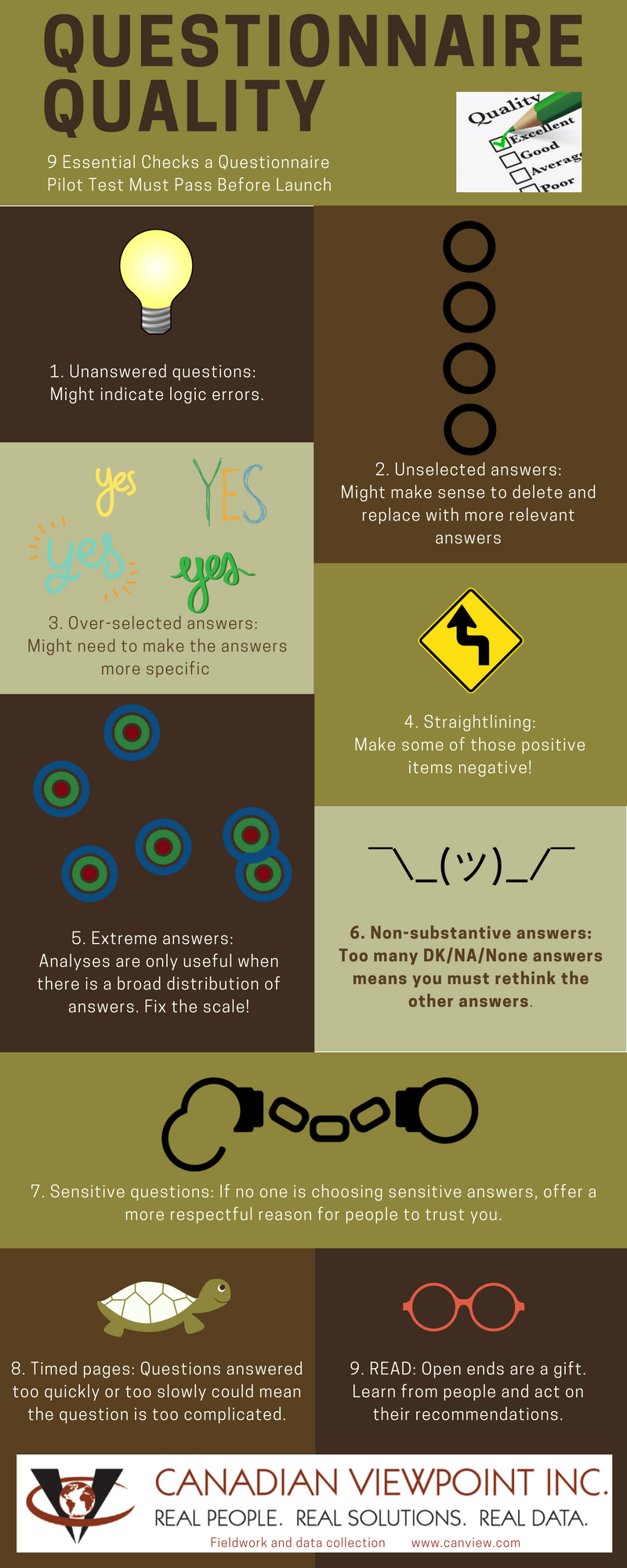There are innumerable qualitative and quantitative research methods to choose from including focus groups, dyads, individual interviews, and boards to questionnaires, transactional analytics, and biometrics. Both can answer questions of who, what, when, where, why, and how so how are researchers to know which method is appropriate for their study?
Here is a quick guide to help you decide.
When to choose qualitative methodologies
When you don’t know what you don’t know
In most cases, when writing a questionnaire, you already know what types of answers you’re looking for. You know which brands, companies, features, categories you want to hear about and you’ve set up the questions and answers to focus precisely there. But qualitative research sets participants up with a frame of mind to be open, unconstrained, and creative. They know they will be asked to share their thoughts about any aspect of a product or brand, even aspects that the researcher hasn’t specifically asked about, things they aren’t aware of, or things that may not seem ‘important.’ Qualitative techniques give researchers the opportunity to think beyond the questionnaire and beyond the discussion guide to think about things you’d never really paid attention to before.
When you need a strong story to convince the leadership team

Have you ever written a report from a large-scale questionnaire study and felt that you didn’t have sufficiently detailed insight into some of the questions? The questions were answered well and the data quality was impressive but you simply couldn’t put together a meaningful story for your client. Qualitative research is the answer. With a well-chosen group of participants, every person has a least one relevant story or personal insight that brings the topic to life. And sometimes, these simple stories are what catches the attention of brand leaders and lead to real action.
When you need a nuanced understanding of decision making
Much of quantitative research relies on ensuring research participants share only their own opinion, ‘uncontaminated’ by the opinions of others. But sometimes, you really do want people to hear opinions from others and understand how and why other participants have come to certain decisions. It can be truly insights to watch decision making in process, and to learn which facts and arguments are more persuasive than others.
When to choose quantitative methodologies
When you need to predict share
Of course, for this to be reliable, quantitative research must start with a large, representative sample of your target group. With that accomplished, you can then launch a quantitative study to identify precisely how many people would fall into a specific category which can then be project back to the larger population. Need to know if your product would catch the interest of a sufficient percentage of the market to be profitable? Quant is your tool.
When you need to understand relative orders and ranks

It’s quite easy, and quite expected, to be misled by the small samples that are normally associated with qualitative research. When you listen to 30 people, you can easily get caught up in the emotion of one person’s story or get a sense that several issues are of equal importance. But once a qualitative study has identified a set of key issues, taking those issues over to a well-sampled quantitative study will help you understand how significant each of the issues are. You will learn whether that one emotional story is reflective of just that one person or of many people who’ve been silent about it thus far.
When you need to understand subgroups
As artificial intelligence becomes more readily available and cost effective, the sample size argument is becoming irrelevant. AI is getting really good at moderating interviews, transcribing conversations accurately, running data analytics, and preparing reports. The number of key components that must be done by people is decreasing all the time. However, this means that researchers can focus on adding value and human understanding to the results rather than attending to rote tasks. Take those hundreds of pages of data tabs and make the time to truly understand the experiences and opinions of every subgroup of age, gender, region, ethnicity, education, and language, as well as all the intersections.
If you’re still not quite sure whether qual or quant is right for your project, please get in touch with us! We’d be happy to help you choose a methodology that works best for your research problem.
.
You might like to read these:
- 10 Tips for Pretesting Research Questionnaires and Generating High Quality Market Data
- What exactly is a GenPop market research study?
- Are your research screeners kicking out the most insightful #questionnaire participants?
- Conducting research is easy… if you understand hundreds of cognitive biases!
.
.




